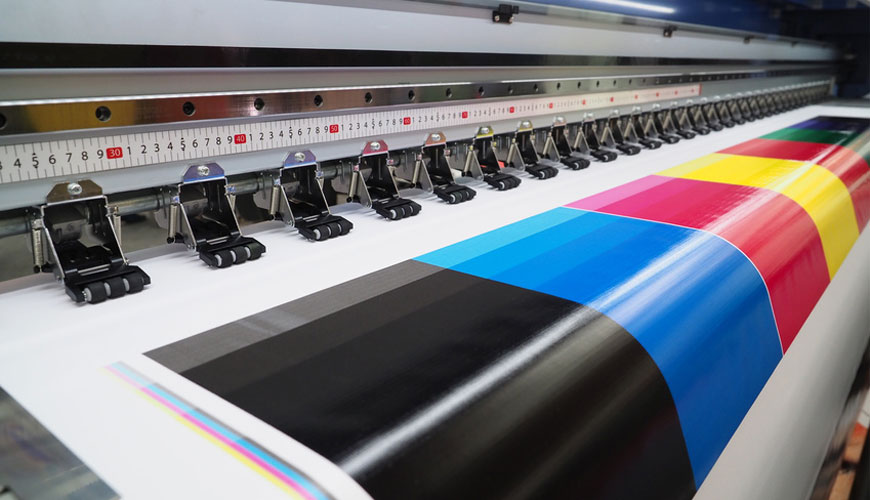

EUROLAB laboratory provides testing and compliance services within the scope of EN ISO 12040 standard. International Standard EN ISO 12040 specifies a method for assessing the light fastness of prints and printing inks, giving general testing requirements for prints and specific testing requirements for inks.

The method of assessing light fastness described in this International Standard using blue wool references is in technical conformity with the method given in ISO 2835. However, according to the latter, natural daylight will be used to obtain a valid assessment of light fastness. This International Standard defines an accelerated testing method by specifying light source and filters for daylight simulation as well as exposing test samples to artificial daylight.
In addition, this International Standard is partially compatible with ISO 105-B02. ISO 105-B02 is recommended as a reference for more information on the device and test methods.
A test piece with blue wool references is simultaneously exposed to xenon arc light under certain conditions. Light fastness is evaluated on the blue wool references scale by noting the degree of the reference that has undergone a similar change to the test print. The device selected may be air-cooled or water-cooled and should be used as specified by the manufacturer.
Blue Wool References
The light fastness of prints is estimated by comparing them to the standard eight blue dye ranges on wool fabric, with the light fastness grades being in regular steps. These inks are largely unaffected by changes in temperature and humidity and provide an acceptable scale for determining the lightfastness of any print, regardless of colour, type and density.
The light fastness of prints is expressed as the number corresponding to one of the eight blue wool references. The range "1" indicates the lowest degree of light fastness and "8" the highest degree.
The thermometer is used as a standard reference to evaluate the temperature of the test sample due to the absorption of black body radiation. It shall contain a metal plate measuring not less than 45 mm x 100 mm, the temperature of which is measured by means of a thermometer or a thermocouple (see 4.3.2). The sensitive part of this thermometer will be in good contact with the center of the metal plate. The portion of the metal plate facing the light source should be covered with a black coating with infrared reflection of less than 5% of the amount of light hitting the test pieces. The side not facing the light source will be thermally insulated.
A plane glass sheet should be placed between the light source and the test pieces and/or blue wool references to continuously reduce the ultraviolet radiation from the xenon arc lamp. This filter must completely absorb radiation at wavelengths below 310 nm. The transparency of glass filters should be at least 380% in the wavelength range from 700 nm to 90 nm (simulating sunlight behind window glass).
Among the services provided by our organization within the framework of material testing services, there are also EN ISO 12040 standard tests. Do not hesitate to contact our laboratory EUROLAB for your testing and certification requests.
To get an appointment, to get more detailed information or to request an evaluation, you can ask us to fill in our form and reach you.